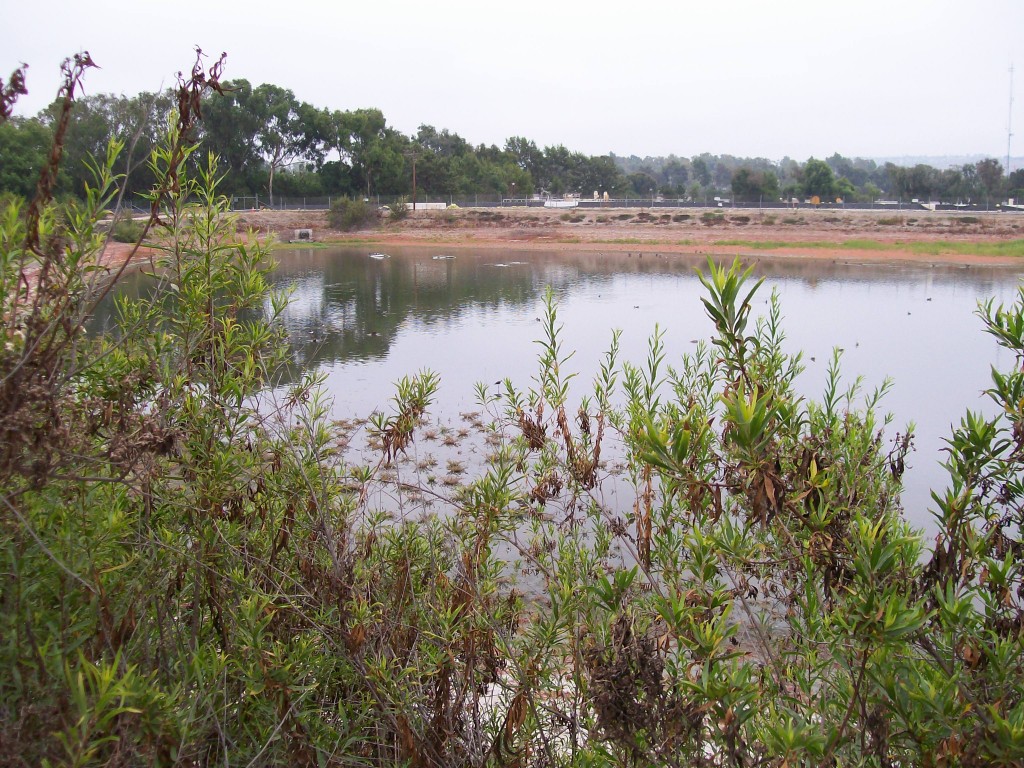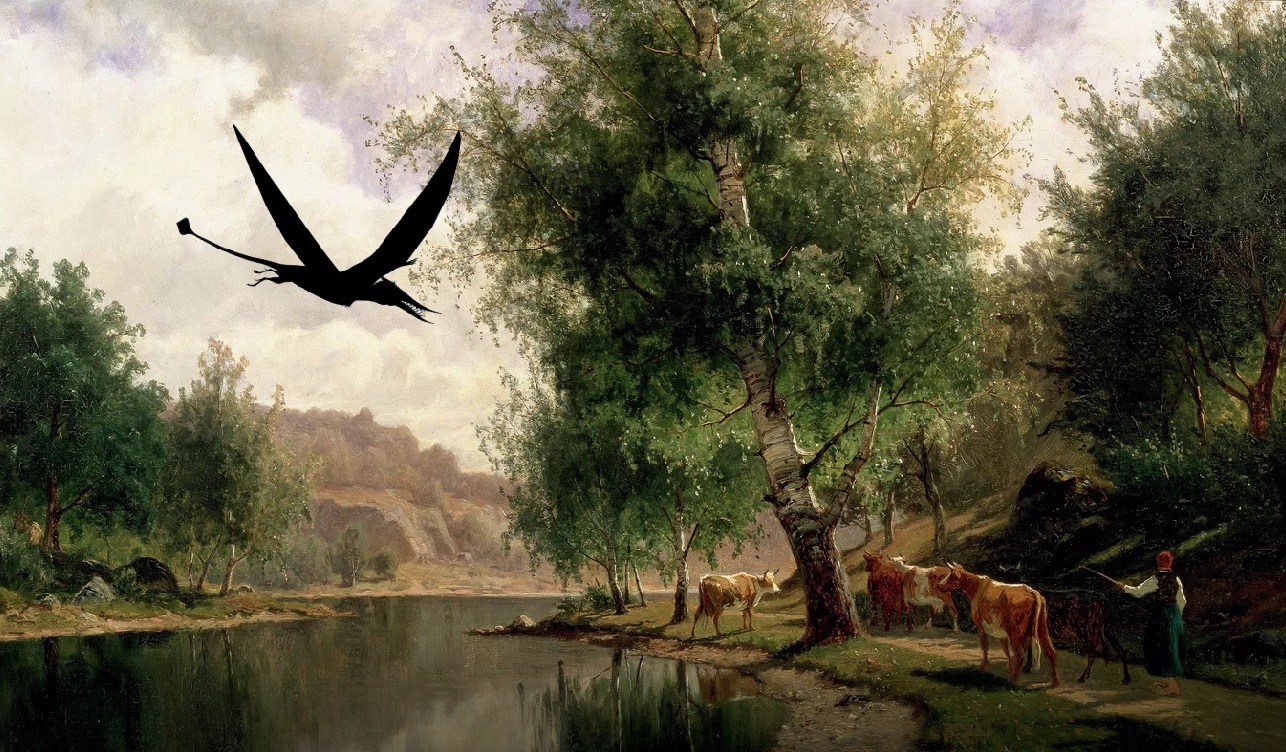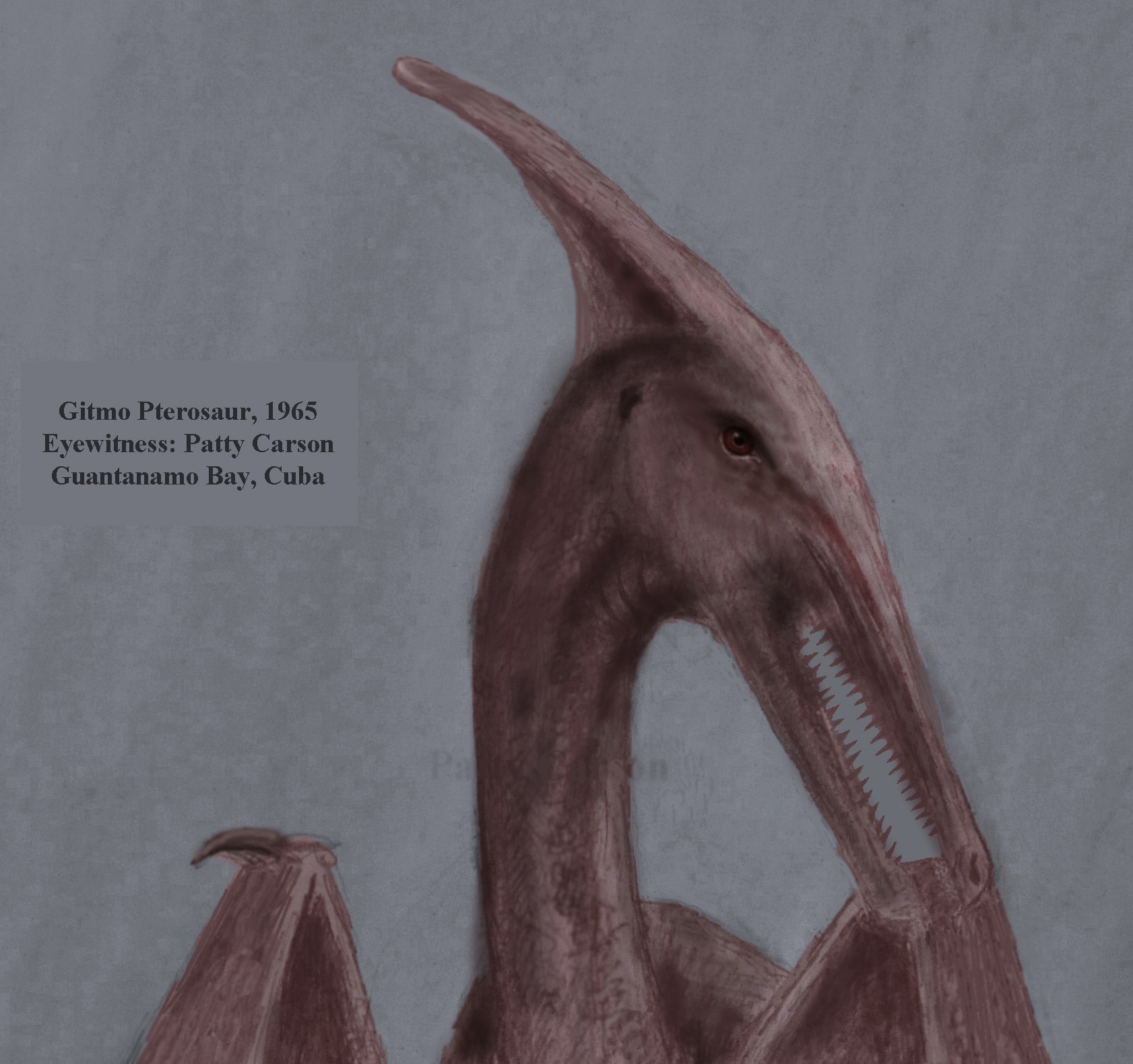Whether called “dinosaur bird” or “prehistoric bird” or “pterodactyl,” by an eyewitness, a modern pterosaur with long tail is called by cryptozoologists “ropen.” Let’s consider three of the lesser-known sightings first, then two better-publicized ones.
California (around Riverside/Corona border)
Hello my name is _____ I believe I have seen a ropen in Lake Hills, Southern California. It was larger than most hawks. The ropen had a very long tail and its head had a large crest. I estimate the wing span between 10 and 15 feet in length however it may have been smaller or larger.
California (Orange County; sighting in 1989)
The 405 freeway was congested, as usual. Sitting in the back seat on the right side . . . I looked up again at traffic and there was no change. Some movement further up in the air caught my attention. My jaw dropped. Soaring in the sky without flapping its wings was a flying creature. It may have been about 500 feet from our car, about 12 stories high. Its wingspan seemed to be about 8-12 feet. Its color was a dark brown, like a chocolate candy bar. The legs did not seem very long and it had a tail about the length of its body from the torso to the top of its head. Its beak seemed to be about the length of its torso and it was mostly flat and a little pointy at the end. There were no feathers or plumage, but its skin was not smooth – it looked like rough leather. At the end of its tail was triangular, almost like a cartoonish devil’s tail. . . . After about 10 seconds, I excitedly yelled to my mom, who was sitting in front of me, that there was a dinosaur flying around outside. She replied with an “Oh wow! That’s nice!” without bothering to look out the window.
Louisiana
I remember seeing one when I was a kid in Louisiana I thought it was a demon or the devil bat like leathery wings peach to light brown in color fairly large wing span and the spade/diamond shaped tail I knew it wasn’t a bird then I remember the first time I saw a pteradactyl in a book and I was like so that’s what I saw but how? starting to think there are plenty of them alive around the world still.
.

Wildlife sanctuary in Southern California, where a large ropen was reported to fly
.
Now for a couple better-known sighting reports of ropens.
California (Los Angeles)
This morning at about 6am I saw three “dragons” flying over the 5-North freeway between Griffith Park and Glendale. They appeared to be several feet long, with a head:body:tail ratio that was certainly not that of a bird. Their wings were long, angular and pointed and their tails had triangular points. They appeared light in color – white, gray or light green. They were flying southeast in a triangular formation. I definitely saw them, but was driving so I could not stop and watch where they went.
Cuba (around 1965)
I was in Guantanamo Naval Base in 1965 and I saw one too, near the shipyards. . . . I was around six years old. My brother George was with me, but he was only around four. We were walking down near the boat yards, headed home. . . . There were some stagnant pools here and there, a few inches deep in the area. We were walking through that scrub area, and suddenly it sat up, as if it had been eating something or resting.
The head and upper part of its body, about a third of the wings at the joint (tips still held down) showed. . . . right in front of us about thirty feet away. All of us froze for about five seconds, then it leaned to its left and took off with a fwap fwap fwap sound, in a big hurry . . .
It did have a tail and it had a diamond shaped tip . . . The skin was a leathery, brownish reddish color. It had little teeth, a LOT of them. The eye was smallish and dark. [Eyewitness Patty Carson]
.
###
The path it took was up and then swooping down, as if it were dive-bombing my car. As it crossed my path, in front and slightly above me, I saw it had a head that was curved, like a hammer; the head had a crest on the top that was solid, not feathery at all . . . The tail was long . . .
Like eyewitnesses in Australia, some of the eyewitnesses in the United States label the flying creature “pterodactyl.” Most of these flying creatures have long tails, and many of those long tails are seen to have a vane or flange at the end. This appears to relate to the Rhamphorhynchoid tail flange that is known from fossils of some pterosaurs.



